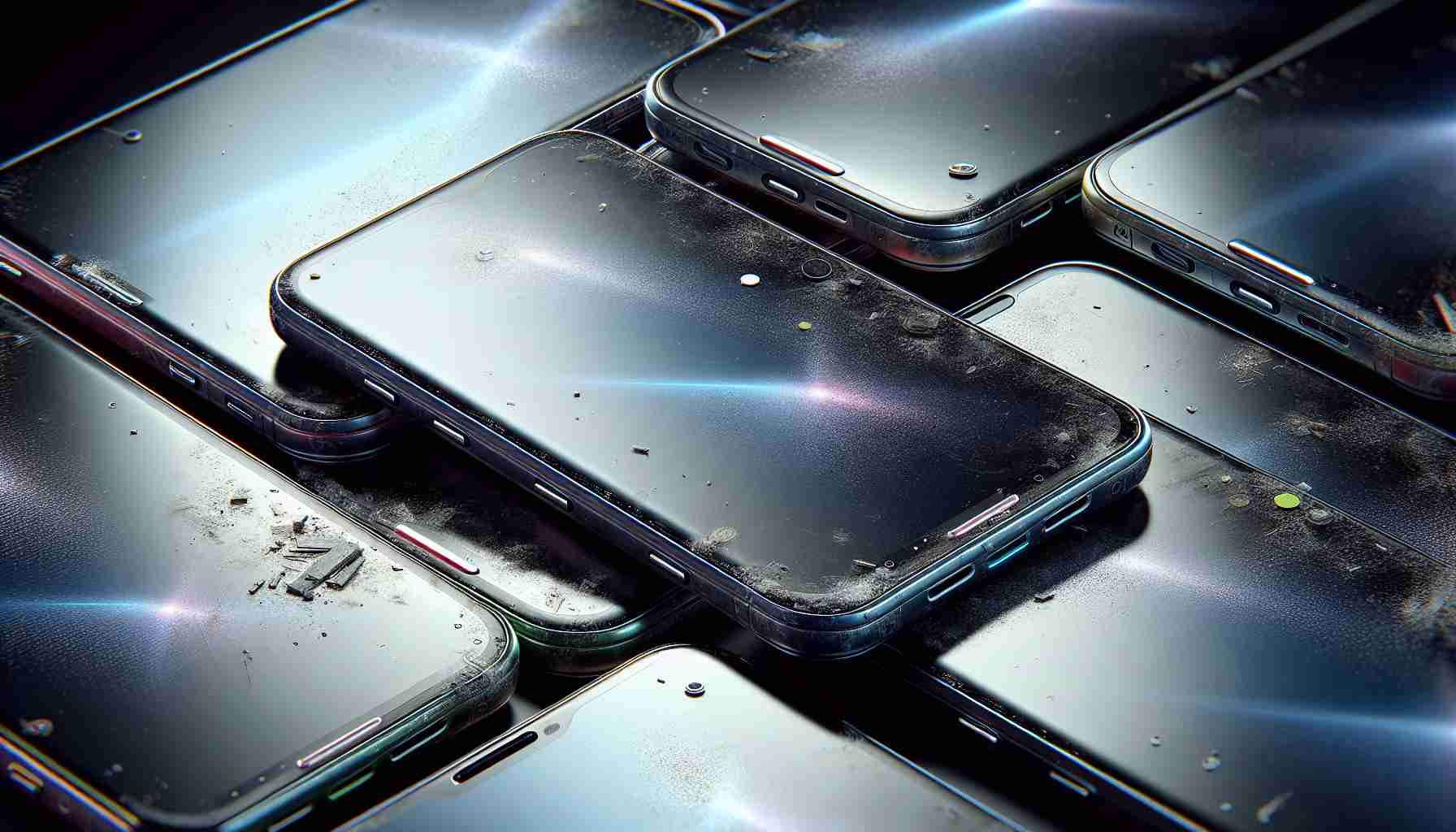Unconventional Designs in the Android Market
Not every Android smartphone captures the largest slice of the market, but some leave an indelible impact with their unique and attractive design elements. Take, for example, the Motorola Droid. When it debuted in 2009, it brought along a fresh perspective with its sliding mechanism revealing a full QWERTY keyboard, which was quite the novelty. Motorola even embraced the “droid” theme with authorization from the famed Star Wars franchise, giving the phone an otherworldly startup sound.
Ambitious Cloud-First Smartphone
Nextbit Robin, a product born from a Kickstarter campaign, hit the shelves in February 2016 with a promise of cloud-centric convenience. Besides its standard 32 GB of internal storage, the phone offered an additional 100 GB in the cloud dubbed “smart storage.” Despite this innovation, the Nextbit Robin quickly met its demise due to lackluster support, leading to the shutdown of its storage service by early 2018. The design, with its distinctive boxy look, lived on through the first-generation Razer Phone.
Unique Dual-Screen Entry
Even with software that didn’t quite wow the tech world, the Microsoft Surface Duo 2 established itself as a noteworthy dual-screen foldable smartphone upon its 2021 release. Battling against the Samsung Galaxy Z Fold3, the Surface Duo 2 employed two distinct screens joined by a hinge and offered a full 360-degree folding capability with stylus support. However, its high price point and less optimized Android experience for dual-screen use left it less popular among consumers.
Transparent Design with a Retro Twist
The relatively young brand Nothing, created by former OnePlus CEO Carl Pei, has made strides with just two phone models so far. The Nothing Phone 1 and Phone 2 draw attention with their transparent backs and a throwback to a retro-futuristic vibe, featuring a Glyph interface of notification lights that twinkle in sync with messages and charging status. These devices also present a minimalist design approach, extending to their Android user interface, bearing a resemblance to the iconic iPhone aesthetics.
Addressing Innovation and Challenges
In the landscape of Android smartphones, innovation is a driving force for differentiation. As different brands strive to stand out, they embrace unique design elements and innovative features that become their trademark. For instance, the Motorola Droid’s QWERTY keyboard appealed to users who preferred tactile typing over touchscreen keyboards. While innovative for its time, now QWERTY phones are a rarity with the dominance of full-screen touch interfaces.
The Nextbit Robin was innovative with its cloud-first approach to storage, addressing the limitations of physical storage. However, cloud-based innovation faces challenges, such as the need for constant and fast internet connectivity and concerns over data security and privacy. These were significant hurdles for the Robin, as was timing since cloud integration in smartphones wasn’t as widely accepted or optimized at its release.
Microsoft’s foray into dual-screen smartphones with the Surface Duo 2 is another example of a firm challenging the conventional form factor. This innovation aims to increase productivity and provide new use cases for mobile devices. However, the challenges here include perfecting the software experience to smoothly operate across two screens and ensuring that third-party apps are compatible and can leverage the device’s capabilities.
With Nothing’s transparent design, interestingly, innovation is also in revealing the traditionally concealed interior of smartphones. This approach to design illustrates that innovation can also be about aesthetics and emotional connection with technology, marrying form and function in new ways.
Key Advantages and Disadvantages
The advantages of such innovative Android smartphones include:
– Differentiation: Unique designs and features help brands stand out in a saturated market.
– Functionality: Innovations like dual-screens or smart storage can add functionality absent in mainstream devices.
– Aesthetic Appeal: Phones like the Nothing Phone 1 offer distinctive looks that can be a significant draw for design-conscious consumers.
On the other hand, disadvantages may comprise:
– Consumer Acceptance: Revolutionary designs might risk lower acceptance if they deviate too much from what users are accustomed to.
– Cost: Introducing new technology often results in high price points, potentially limiting the market.
– Sustainability: A challenge not often highlighted is the environmental impact of producing and disposing of new tech, as well as managing cloud storage servers for devices like the Nextbit Robin.
Related Links
For those interested in keeping up to date with developments in the Android smartphone industry, the following links to main domains might be useful:
– For industry news and reviews: Android Authority
– For insights and rumors about upcoming devices: XDA Developers
– For general technology news, including smartphones: CNET
– For product launches and official brand announcements: Android
In summary, while innovative Android smartphones leave a mark with their bold designs and features, they also encounter challenges related to market acceptance, cost, and technological limitations. Brands must navigate these challenges to transform their innovations into commercial successes.
The source of the article is from the blog shakirabrasil.info
